Introduction and Interview Gabrielle de la Cruz
Images Patrick Kasingsing
The recent burning of the Manila Post Office served as another wake-up call for the Philippine heritage preservation system. Heritage advocates and concerned citizens expressed their sentiments over the incident and calls to save the building continue to dominate social media.
As we wait for the proper measures and stay in the fight for the building’s rebirth, Kanto invited architects and heritage advocates to discuss more of the heritage structures within the metro that are at risk of demolition or heavy alteration. Part of our fight for heritage is to prevent more iconic structures from suffering from accidents, falling apart, losing their identity, or worse, completely being torn down.
Below are two heritage structures in Manila that we must keep an eye on, according to architect and professor Manolo Noche:
El Hogar Filipino Building, Binondo, Manila
El Hogar Filipino Building, Binondo, Manila
Architect and professor Manolo Noche shares that “of all the Manila heritage buildings that are in immediate concern” is El Hogar Filipino in Binondo. “This magnificent Beaux Art building, built in 1914, and designed by Ramon Irureta-Goyena and Francisco Perez-Munoz is in a various state of neglect and abandon,” Noche says. “From what I gathered the building has already been sold to a Chinese Investor. What the proposed development of the site or building is is still up in the air, and like most buildings of the period, may end up being demolished, if not partially demolished to give way to a high rise.”


Noche underlines that “true and honest restoration” of such Manila heritage buildings is needed, “and its eventual reuse, be it for its original purpose or for others with respect to the historic architecture of the building. Sadly not a lot of architects and interior designers are sensitive to history, brought about by their lack of knowledge, leading to using more familiar design strategies, or worst, their desire to be recognized as the architect or interior designer who renovated the building in THEIR style. In short, instead of the continuity of the past as presented by the historic building, the alteration of history as their architectural or interior language.”
What building attributes/qualities make the likes of El Hogar Filipino significant/valuable? What do we lose if such structures are not protected and preserved? “The architecture and overall design aesthetics,” Noche answers. “Buildings comprise two primary features, the plan, which is physical, and the façade which is visual. It is the visual that delights the eyes, which is directly linked to the brain and soul. What the eyes see, the brain cherishes as delightful, beautiful, or ugly. Sadly not a lot of new buildings emphasize the visual delight of the façade, instead relying on practicality, economy, and tired repeated formulas.”
Times Theater, Quezon Boulevard, Quiapo, Manila
“Another building of significant aesthetics is the 1939 Art Deco Times Theater along Quezon Boulevard,” Noche continues. “Designed by Architect Luis Z. Araneta, this Art Deco masterpiece is truly an Art Deco fantasy, both outside and inside. Though still operating as a cinema, its future is questionable considering the nature of development in the area.” The Times Theater in Quiapo had its fair share of glory days in the 1940’s to the 1960’s, when it was among the most luxurious cinemas in Manila. The building’s current state shows signs of both aging and neglect, left with dirt and less to no temperature control.


The architect and professor shares that as of his last visit, the building is still run and operated as a cinema, albeit for re-runs. “The operators of the building claim that they still try maintaining the building, but reality may soon strike, and the opportunities to develop the building too tempting. Previous efforts to rehabilitate the building had sadly gone amiss with the prominent Glass Block façade designed with the eponymous letter “T” for Times, covered and plastered with concrete.”
“As long as historic districts disregard the value of historic buildings, and see commercial value only on the property through an increase in Real Estate Taxes, the owners of these buildings will opt to sell or demolish or develop for higher profit,” comments Noche with regards to the society’s general treatment of modern built heritage. “The LGUs are at fault here for they do not improve the viability of historic districts, which makes it difficult for property owners to compete with the likes of Makati, or BGC, which are presented as raw real estate with the potential to gain their ROI quickly and satisfactorily.”
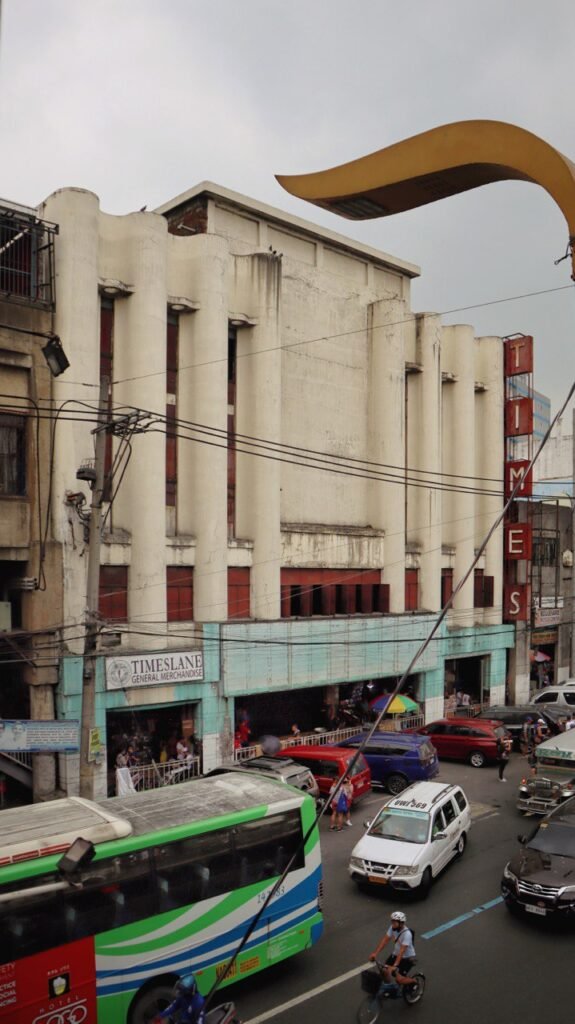

“Architectural appreciation is still very much in its infancy, thus not a lot of people understand the value of Historical Architecture and its relevance to society today,” the professor continues. “But more importantly, as long as building owners view the property as financially viable, the building built on it is just a commodity. Unless that commodity can be utilized as is for whatever new development there is, old buildings will always be subject to financial viability.”


What then, would be good case studies or examples of adaptive reuse for a similar structure/building typology for both El Hogar Filipino and Times Theater?
“I have to be partial with this, the China Banking Corporation Building in Binondo, which my office restored,” Noche answers. “The building built in 1923 and designed by Arthur Julius Niclaus Gabler Gumbert in the Neo-Classical Beaux Art Style was restored by China Banking Corporation to celebrate their 100 anniversary. The brief for the project was to restore the building, which was heavily renovated in the 1960’s to its original 1920’s look. No expense was spared by the owners, resulting in the building looking as it was before the Second World War.” •
Read the first part of Conservation Conversations here. The fight goes on. Our hopes for heritage continue.
Gabrielle de la Cruz started writing about architecture and design in 2019. She previously wrote for BluPrint magazine and was trained under the leadership of then editor-in-chief Judith Torres and previous creative director Patrick Kasingsing. Read more of her work here and follow her on Instagram @gabbie.delacruz.

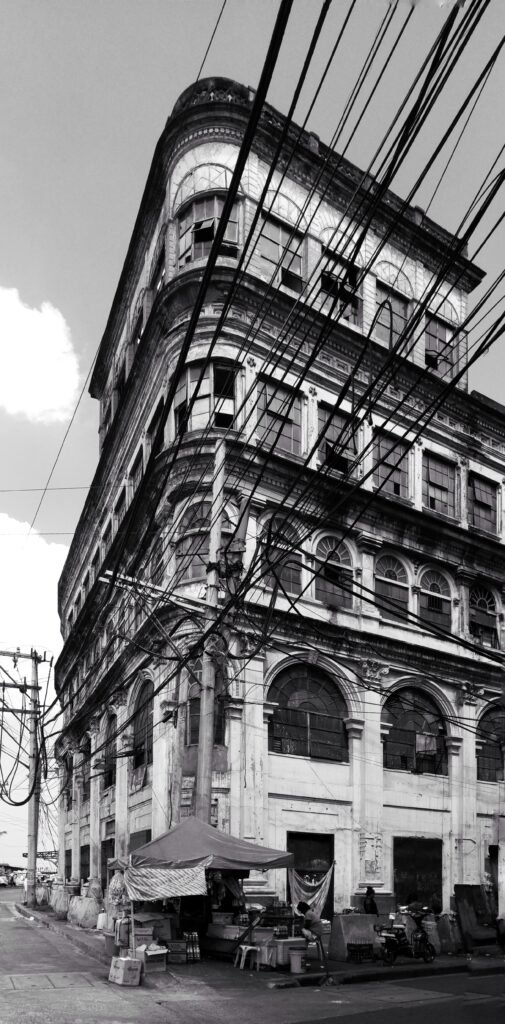
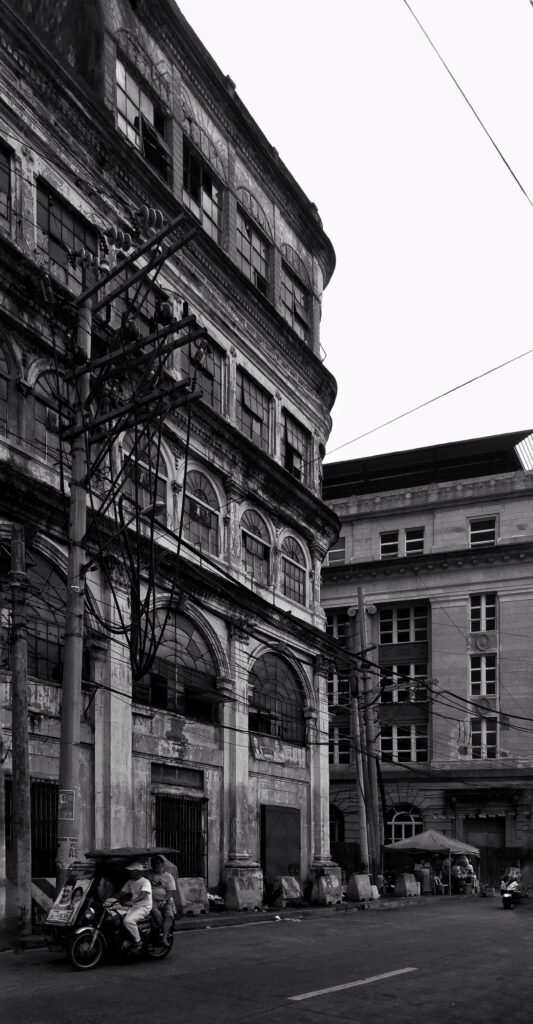
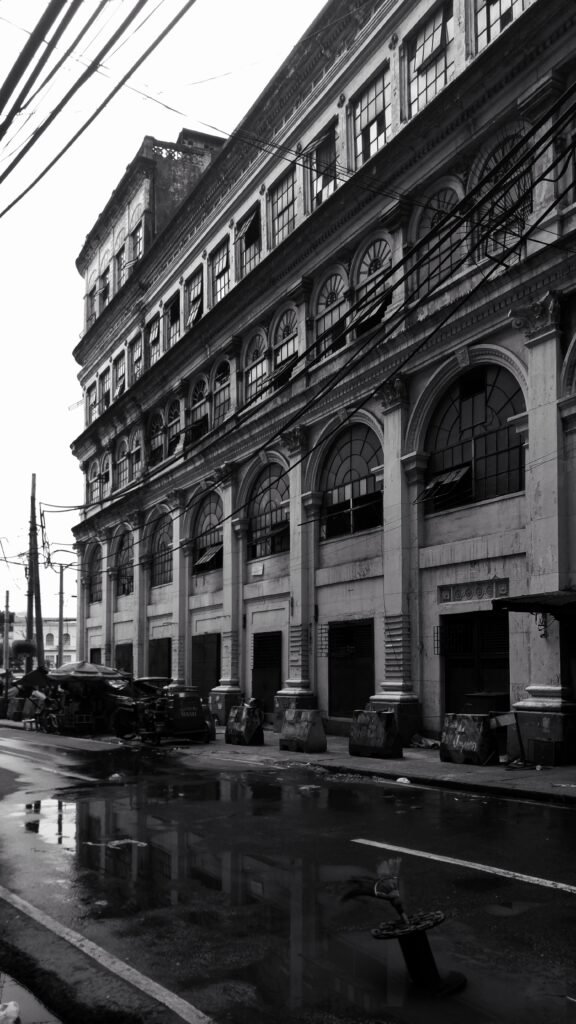
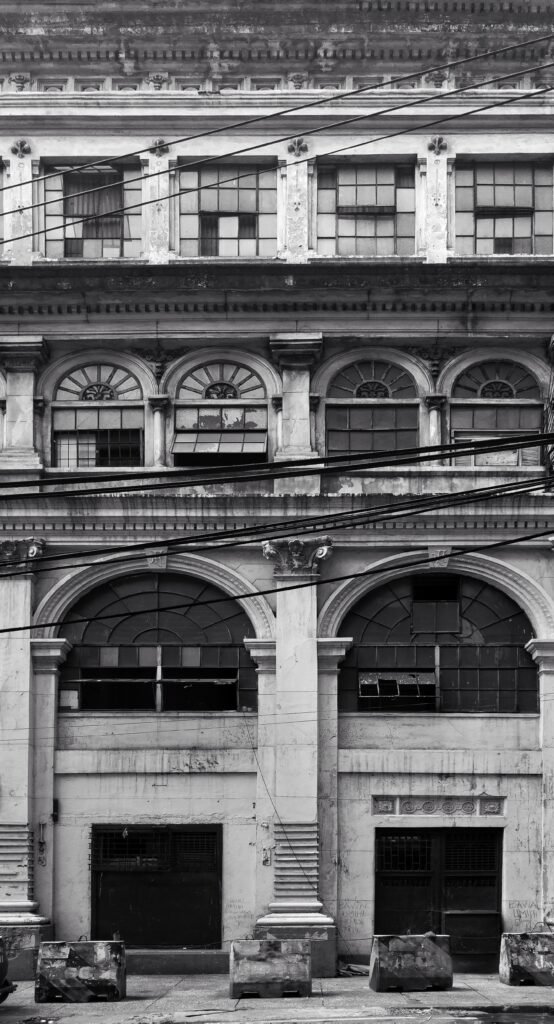

One Response
Aren’t there heritage groups/foundations in the Philippines that spearheads in saving the country’s heritage just like in other countries? there needs to be organizations that raise funds and recruit philantrophists to this kind of cause. Perhaps the government can create incentives for companies and wealthy donors that makes it tax deductable to donate to these kind of wealthy cause.